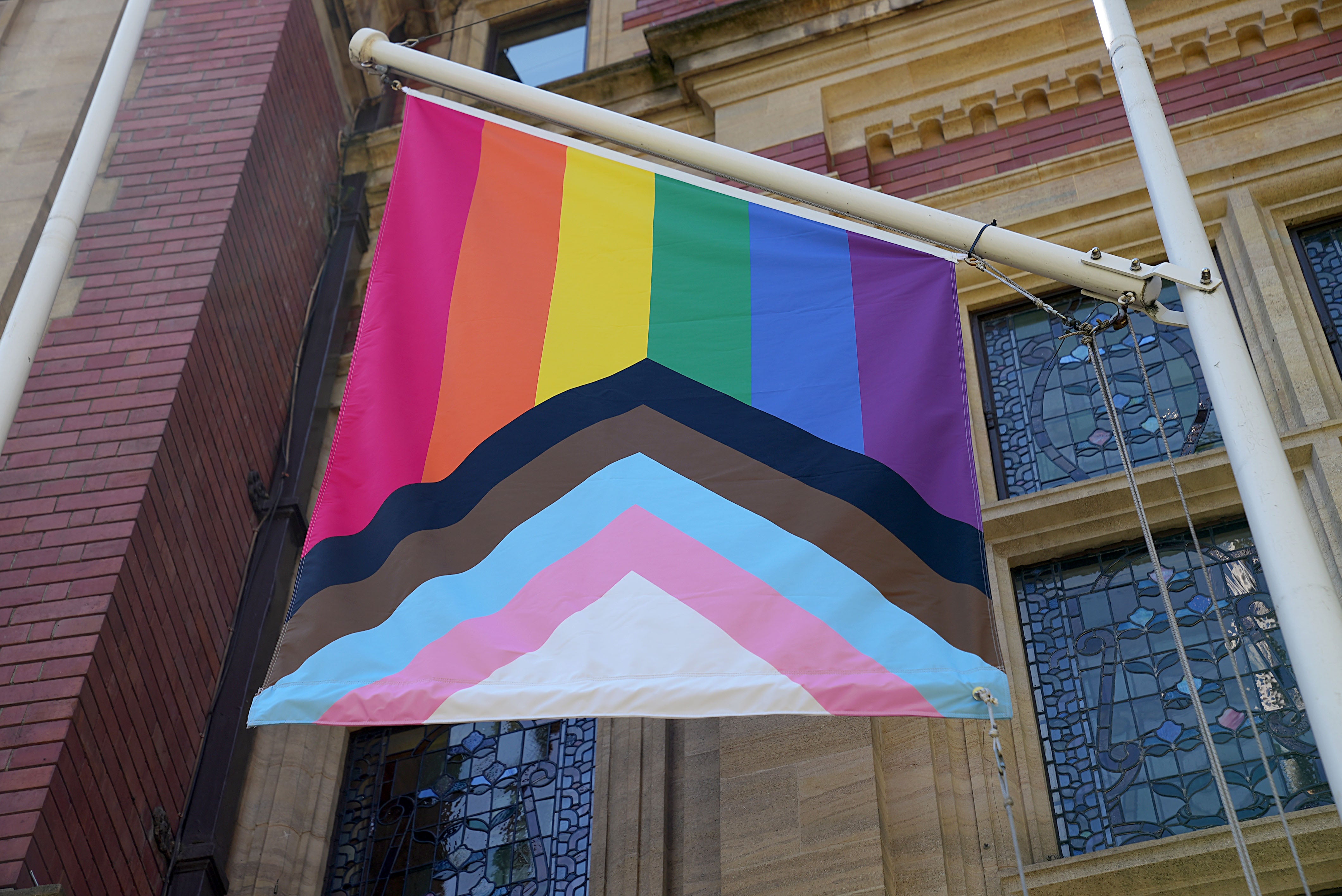ONS admits Census trans data may be flawed after non-English speakers misunderstand question
Statisticians say they are ‘confident’ in national estimates of transgender people but admit ‘unexpected patterns’ at local level
Census transgender data may be flawed because people with low English skills misunderstood the question, the Office for National Statistics has admitted.
The 2021 survey estimated that more than 250,000 people in England and Wales identify as transgender after asking respondents: “Is the gender you identify with the same as your sex registered at birth?” It was the first time it had asked the nation questions about gender identity and sexual orientation in 200 years of data gathering.
Now the Office for National Statistics (ONS) has admitted that “some respondents may not have interpreted the question as intended, for example, people with lower English language skills in some areas”. But it said it still had “confidence in our gender identity estimates at a national level”.
Questions were raised about the data after areas with large ethnic minority populations had a higher rate of people identifying as transgender than might be expected.
In the London boroughs of Newham and Brent, where a high proportion of residents speak English as a second language, over one per cent of respondents identified as having a gender identity different from their sex registered at birth. This was the highest proportion of transgender people recorded in England and Wales.
The trans population made up 0.3 per cent of people in England and Wales who were in the ethnic group White: English, Welsh, Scottish, Northern Irish or British, compared with 1.6 per cent of people in the Black: Black British, Welsh, Caribbean or African ethnic group.

Among those who had English as a first language, 0.4 per cent were recorded as transgender. This was compared with 1.6 per cent of people who had a different main language.
This distinction was also apparent when English skills were compared; with 1 per cent of people who spoke English very well identifying as trans compared to 2.1 per cent of people who did not speak English at all.
Statisticians at the ONS have said that while “these patterns may be unexpected, this does not mean they are necessarily wrong”.
Minister for women and equalities Kemi Badenoch had asked the Office for Statistics Regulation to look into whether there had been a “lack of understanding of the question” in the Census.
She told MPs in October: “We need to be very careful about the language, people don’t often understand what we mean when we use terms like ‘transgender’, ‘gender identity’, we’ve got to make sure they understand that.”
The ONS said its national estimates of the transgender population were broadly consistent with the GP patient survey.
ONS’s director of population statistics Jen Woolford said: “Any expectations of how the transgender population varies over different population subgroups were built on limited evidence – precisely the evidence gap that inclusion of this question on the census was intended to fill.”
Join our commenting forum
Join thought-provoking conversations, follow other Independent readers and see their replies
Comments
Bookmark popover
Removed from bookmarks